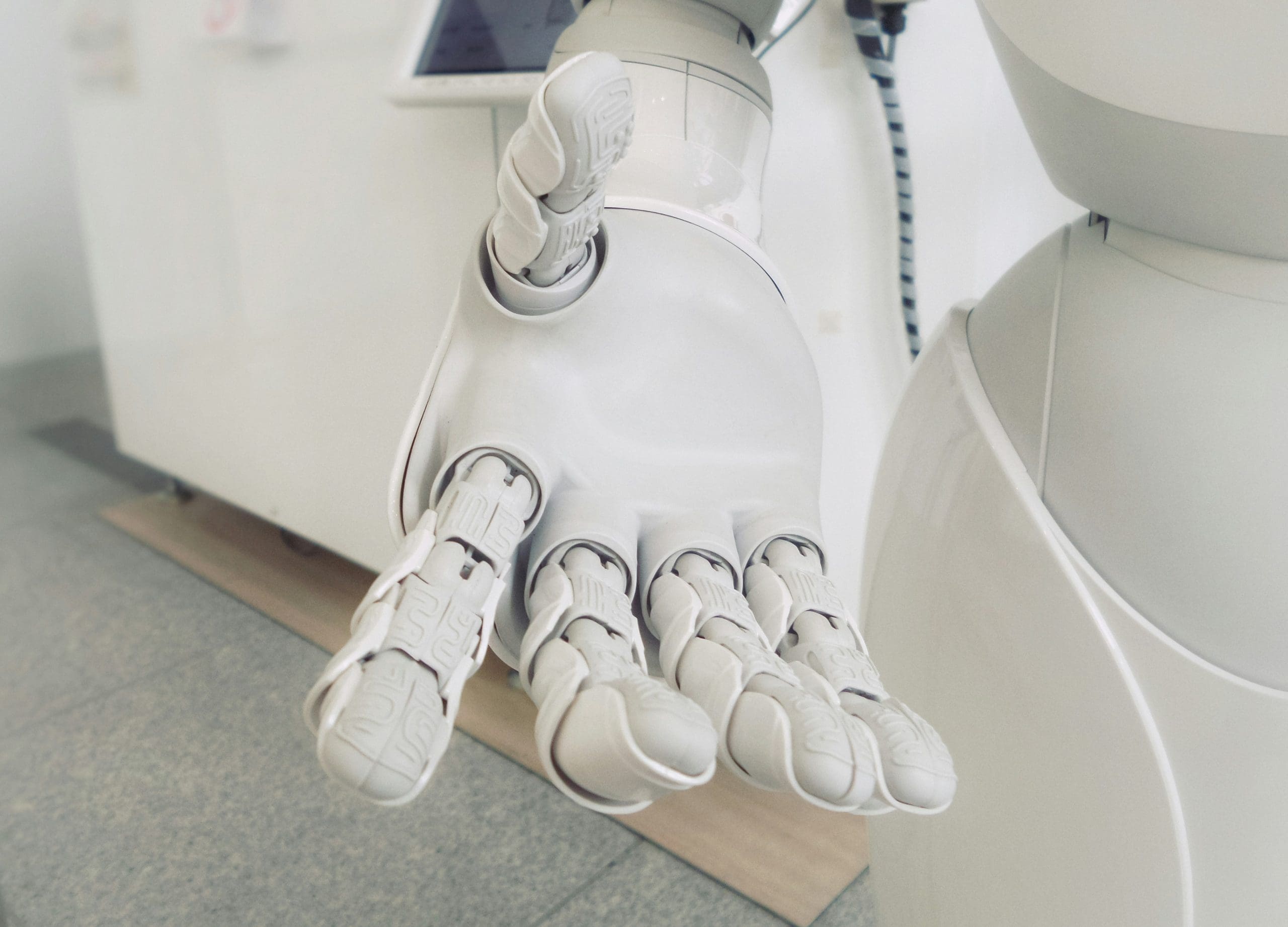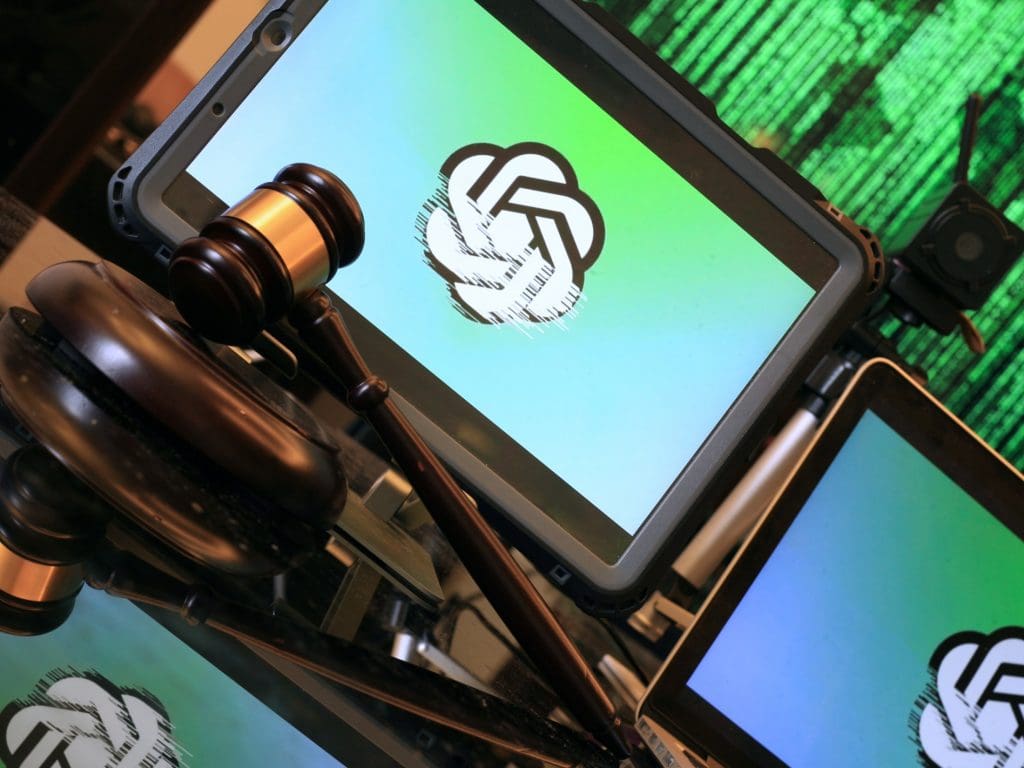In-Short
- Human-computer interfaces have evolved from punch cards to AI and extended reality.
- Graphical user interfaces (GUIs) and touchscreens have made computing more accessible.
- AI and XR are creating immersive, lifelike interactions with digital avatars in our environment.
- Future interfaces may include brain-computer interfaces for thought-based control.
Evolution of Human-Computer Interfaces
The journey of human-computer interaction has seen remarkable transformations, from the rudimentary punch cards of the early 20th century to the sophisticated extended reality and AI avatars of today. The introduction of the QWERTY keyboard in the 1950s marked a significant leap in usability, followed by the game-changing graphical user interfaces that democratized computing in the late 1960s.
Touch, Wearables, and AI
Touchscreens, emerging in the late 1990s, eliminated the need for peripheral input devices, leading to the smartphone revolution. Wearable technology like fitness trackers and smartwatches further integrated computing into daily life, allowing for new forms of interaction such as gestures and biometric signals.
Extended Reality and AI Integration
Artificial intelligence has brought about AI chatbots capable of understanding and responding to voice commands, while augmented and virtual reality technologies have begun to merge digital information with our physical surroundings. Extended reality (XR) is pushing the boundaries even further, enabling interaction with digital objects as if they were part of our physical world.
The Future of Interfaces
The future promises even more seamless integration, with brain-computer interfaces on the horizon that could allow for thought-controlled computing. This rapid pace of innovation suggests a future where the line between digital and physical realities is increasingly blurred, leading to a world where computers are an omnipresent part of our lives.
For a more in-depth look at the evolution of human-computer interfaces and what the future holds, visit the original source.










